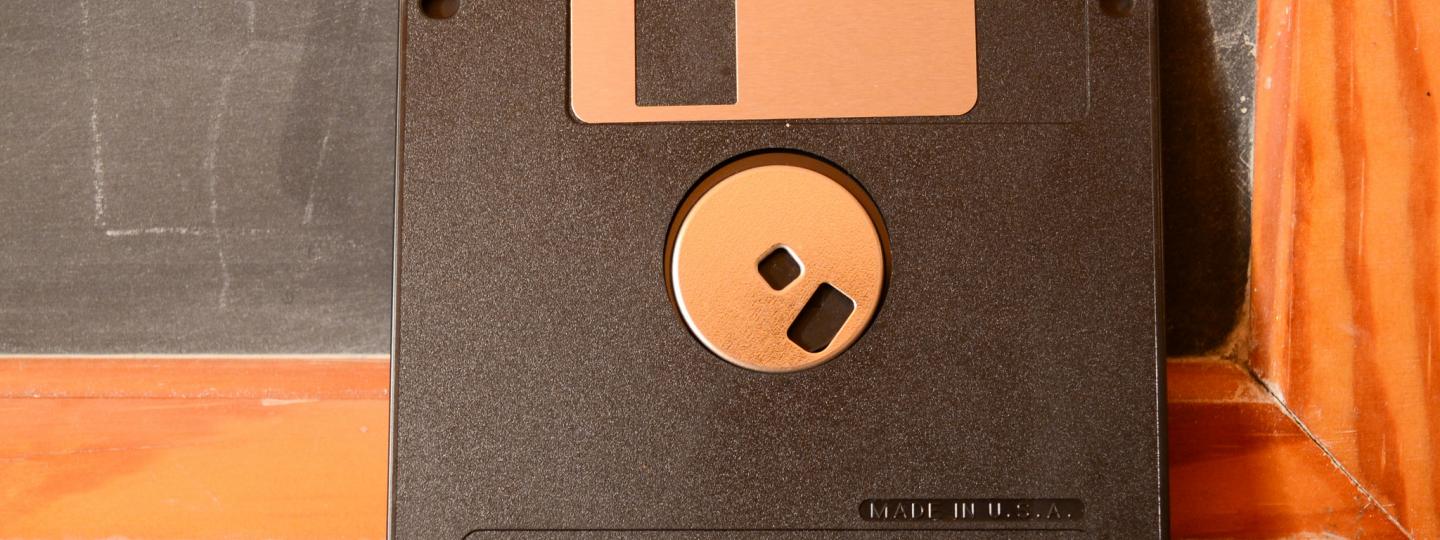How do you save what's behind your work? How do you share and show it? This week's tool offers a lot of ways to do all those things.
Hare: Hi, Ren!
LaForme: Hi, Kristen! You’ve been working really hard this week on some great articles. Thanks for taking a few minutes to chat with me.
Hare: Thank you! (We’re not talking hurricanes, right? Please say we’re not.)
LaForme: We are not! I thought we’d focus on a really novel internet archiving and recording tool today, if that’s cool with you?
Hare: Novel and exciting sound perfect. What are we talking about?
LaForme: Let’s start by talking through a scenario, then we’ll get into the tool. Let’s say there’s a website, or a series of websites, that you want to show or share with someone.
One way you could do that would be a series of links, but you don’t know if they’re going to click them all or even look at the things on those sites that you want them to focus on.
Another way you could do it is a screen recording using something like Quicktime or Screenflow. But in that instance, the person doesn’t actually have the links to the sites. You could send them separately, but then we’re back to square one.
My librarian friend in Washington, Gary Price, told me about this tool called Webrecorder that solves all of these problems. It allows you to record “sessions” of internet browsing. It grabs links and archives images and videos and everything you’re looking at, so you get a pretty darn good duplicate of a page or a couple of pages that you can then download and send to someone. Or just share a link with them.
Hare: You say “someone” but this could be a lot of someones, right, like your audience. Like this might work for me, for instance, to show a series of homepages in Texas during Hurricane Harvey.
Darn it. Oh well, you know what I mean.
How else do you see journalists using this?
LaForme: This is one of those tools that goes about as far as your imagination.
If you’re an expert on a beat and have a series of sites and pages that you like to check, record them and share them with newbies or folks who are covering you on vacation. If you see some juicy information somewhere online, including a social feed, and you’re afraid that whoever posted it is going to take it down, fire up Webrecorder and create an archived copy. If you’re doing some particularly deep research and find yourself blasting through a million websites, start a recording so you don’t lose some key page to the godawful mess that is your “history” tab.
Hare: It also seems like a great way to show your work, which more and more journalists are doing, especially with big investigations.
LaForme: For sure! This is great for transparency. It’s one thing to have a screenshot of a politician’s deleted tweet. Folks can say you photoshopped it or created it using some type of weird generator or whatever and cast it aside as fake news. But if you have an archived version of that tweet, you suddenly have a lot more evidence that is hard for people to deny.
And, on the topic of investigations, let’s say you’ve published a big story based on some key piece of data you found in a database somewhere. Fire up Webrecorder and let it record you showing how you originally found that information. Or navigate that finished piece yourself to show what the takeaways are. That’s maybe a little clunky (and this thing isn’t recording your microphone), but it’s an idea.
Hare: Yeah, I keep thinking of other possibilities. This would be great for news literacy. Journalists could show how they look into tips and how they verify images, for instance. Local journalists, please steal this idea. “Behind the news” would be a really cool regular feature.
LaForme: Agreed. I find it to be especially useful for teaching people how to do things, because it provides both a visual representation of how to do it as well as links which, taken in order, are sort of like step-by-step guides. It’s a great tool for all different types of learners.
Hare: Novel and exciting, as promised. Anything you don’t like, wish it had or would change? Is it hard to figure out?
LaForme: It’s so easy. You just sign in or create an account, which is free, type in or copy and paste the URL that you want to start on and hit record. Later, you pick a name for your session so you can find it again and decide whether you want it to be public or private. You can also turn on or off various pages that you went to during the session so, for instance, you could remove a login page from the recording.
It’s such a simple tool that I have nothing to complain about, really. I’m thankful that this exists.
Editor's note: This is the latest in a series of articles that highlight digital tools for journalists. You can read the others here. Got a tool we should talk about? Let Ren know!







